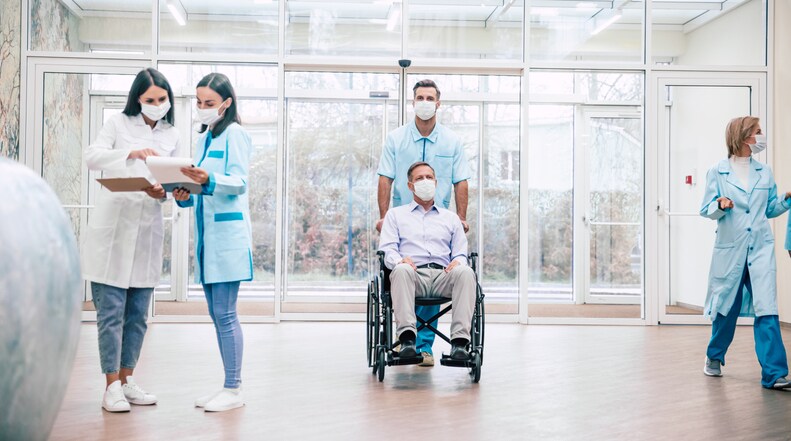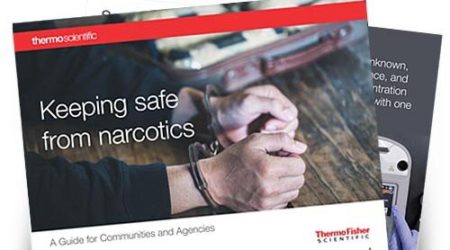 A recent nature article discussed how risks rise when virus particles accumulate in buildings, but it’s not clear how best to improve ventilation:
A recent nature article discussed how risks rise when virus particles accumulate in buildings, but it’s not clear how best to improve ventilation:
Even in a seemingly spacious, high-ceilinged restaurant, the number sometimes shoots up as high as 2,000 p.p.m. — a sign that the room has poor ventilation and could pose a risk for COVID-19 infection.
The outbreak of Severe Acute Respiratory Syndrome Coronavirus 2 (SARS-CoV-2) has dramatically transformed the policies and practices surrounding public health. Although mass vaccinations are in full swing, the CDC still advises the public to cover one’s mouth and nose with a mask when around others. This helps reduce the risk of spread both by close contact and by airborne transmission, but it doesn’t eliminate it entirely.
The article goes on to say how spacious, uncrowded public spaces can appear to be well ventilated when they are not.
Ever since the WHO acknowledged last year that airborne transmission could happen, public-health agencies have emphasized the risks in crowded and poorly ventilated spaces. But the terminology is deceptive…. You imagine a busy bar…in the reality, any place can become crowded and poorly ventilated. And people don’t realize this.
Opening windows, using mechanical ventilators, and installing air purifiers are ways to help filter out viruses and other airborne contaminants, but there are so many variables (how big is the room, how long windows are open, are the air filters changed often) there is no real data showing if these strategies work, or how much they work if they do indeed have an effect.
How can hospitals, nursing homes, and other facility managers be confident in their indoor air quality? How can they confirm if their safety protocols are working or if they need to be adjusted in order to keep people and colleagues safe?
The latest in-air pathogen surveillance solution can deliver better data about the presence (or absence) of pathogens in indoor air—so one can identify risks and make faster, more reliable, and more confident decisions about the ability to safely re-open a facility and stay open.
The air sampling instrument collects air samples through an omnidirectional inlet, capturing aerosols the size of a virus, in a safe manner. A sample cartridge installed into the sampler contains the collection substrate. The air sample is directed toward the collection substrate through an accelerating slit impactor. Particles are trapped on the collection substrate as the air is drawn through the sampler. Once samples are collected, they can be sent to a lab for PCR testing, for results within 24 hours.
Since the decisions one makes are only as good as the data that informs them, this new in-air pathogen surveillance solution has been designed to complement other individual screening programs and deliver timely and highly reliable insight into in-air pathogen presence so one can monitor and improve building and facility safety protocols.






Leave a Reply